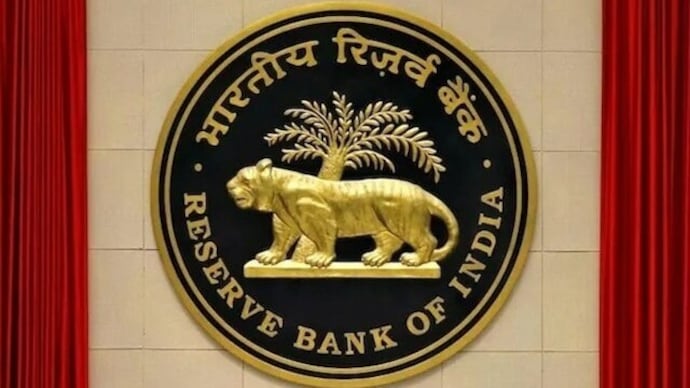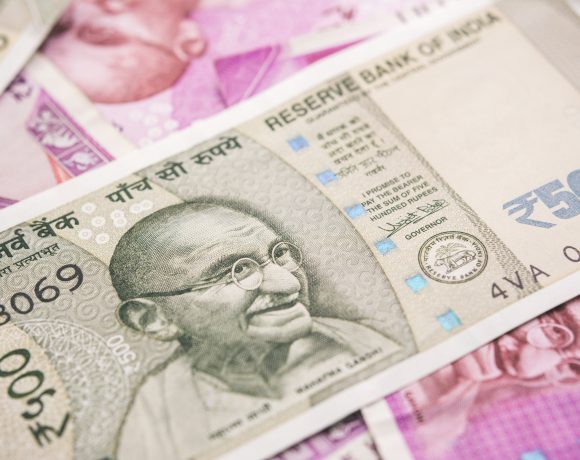
RBI Report Finds Sharp Rise in Individual Borrowers’ Per‑Capita Debt
According to the latest Reserve Bank of India statistics, the per‑capita debt carried by individual borrowers has increased notably over the past two years. The report highlights that average outstanding personal loans per borrower have climbed substantially, reflecting broader credit trends and shifting household financial behaviour.
Rising Trend in Personal Borrowing
The RBI findings reveal that the average personal loan balance per borrower has witnessed significant acceleration. Between March 2023 and March 2025, mean per‑capita debt rose by nearly 15–20%, depending on the region and lender type. This uptick is driven by surging demand for credit across categories such as consumer durables, education, healthcare, and lifestyle spending.
Drivers Behind Credit Growth
Several factors are contributing to the rise in personal debt:
- Easy access to loans via digital platforms and instant approvals, lowering barriers for consumers seeking quick funding.
- Rising consumer confidence, with borrowers more willing to leverage credit for non-essential expenses.
- Limited awareness of borrowing consequences, leading to higher default rates and multiple loan burdens.
Implications for Financial Stability
The RBI’s report signals potential risks if the trend continues unchecked. Moderate household debt can support economic growth, but escalating debt-per-borrower may reduce disposable income and push more borrowers into financial stress—especially if income growth fails to keep pace with ballooning EMIs.
Regional and Lender-Type Variations
While the overall upward trend is clear, variance exists among states and loan-provider types:
- Urban regions—especially metros—showed a 20–25% increase in per‑borrower debt.
- Regional rural banks and cooperative societies recorded slower growth, around 10–12%, likely due to conservative lending and eligibility norms.
The segmented data underscores a crucial insight: digital NBFCs and fintech lenders account for a large share of debt growth, compared with traditional banks.
RBI’s Suggested Measures
To ensure the trend remains sustainable, the RBI recommends:
- Strengthening financial literacy, so borrowers better understand credit use, interest costs, and repayment impact.
- Enhancing credit-info sharing across platforms to flag early warning signs of over-indebtedness.
- Encouraging standardized EMI terms and transparent fee structures to protect consumers from risky loan terms.

















